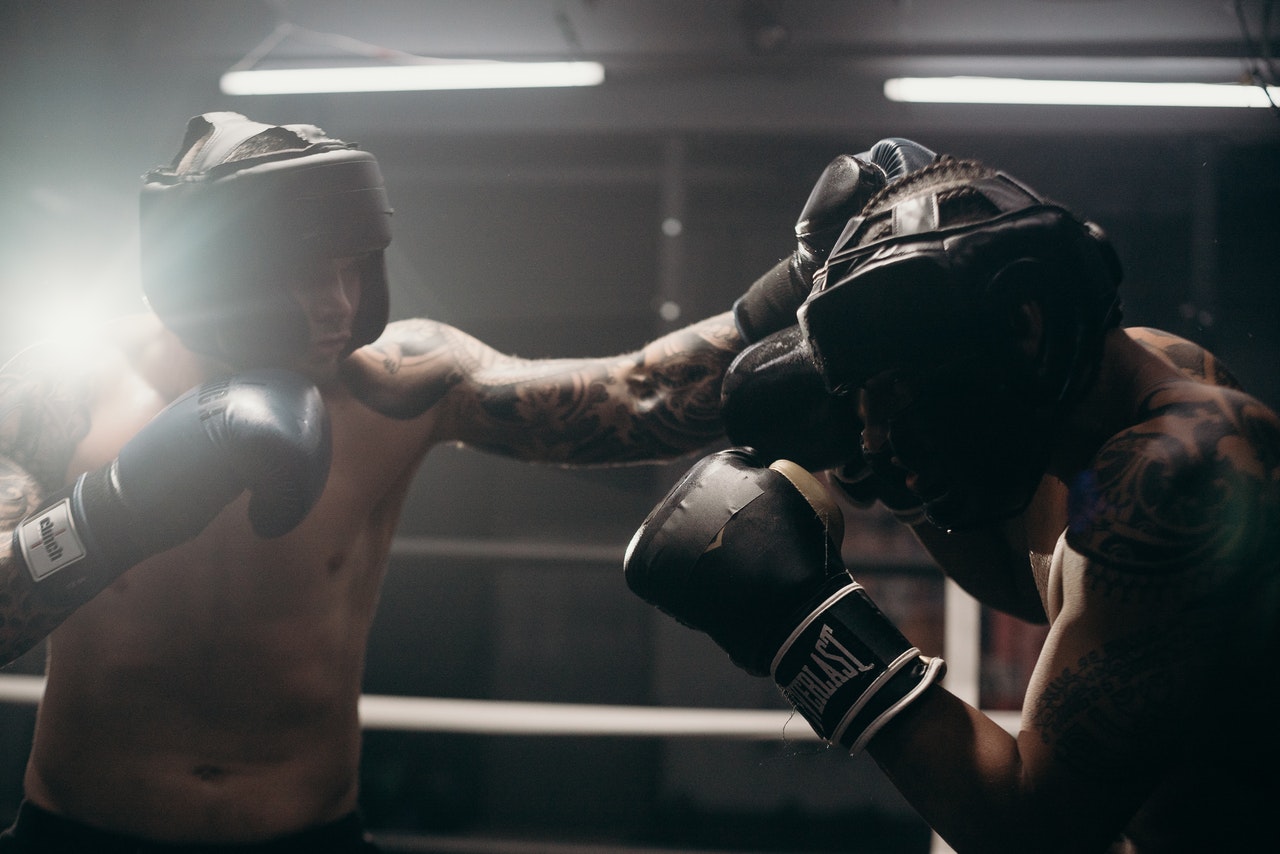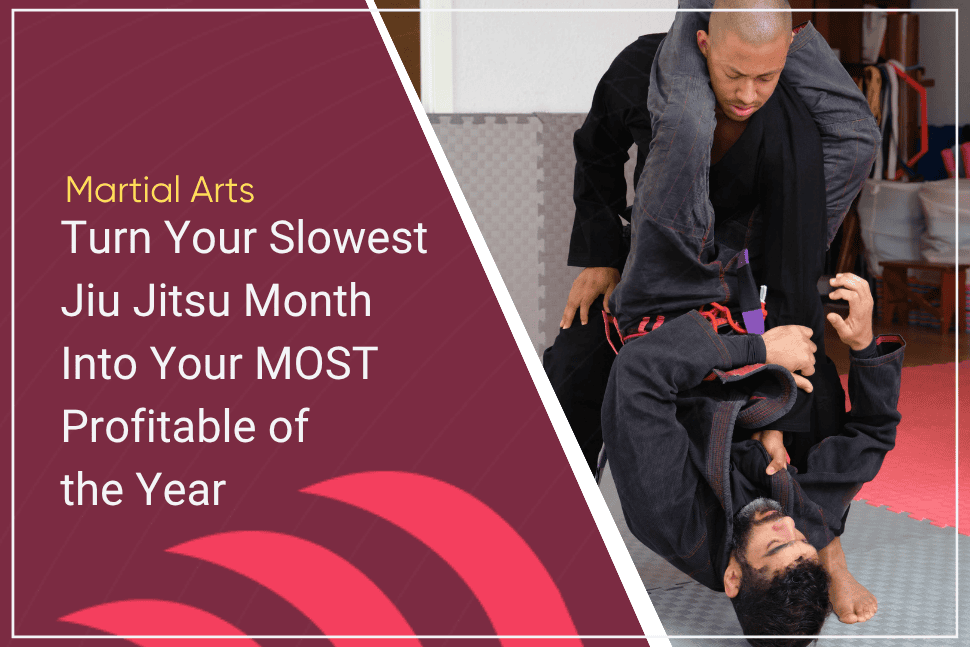Much effort is expended by martial artists to understand the best techniques and strategies of combat sports competition, but not much attention has been given to the perceptual skills that underpin competitive success. For this reason, it is a new and exciting frontier for leaders in coaching and training inside the martial arts community to consider.
Motor control is a field of study that “focuses on the neural, physical, and behavioral aspects that underlie human movement” [1]. A major part of this is the human perceptual system, especially vision, and how that affects the way humans coordinate and execute movements. The two are intimately tied together. Therefore, the secret to better training methods is to understand how motor control works so that it can inform how coaches and learners approach it more effectively.
With that in mind, this article will explore how motor control works from a behavioral perspective, how vision works in that process, and finally how to design practices to build better visual skill and motor control. Since this article is oriented toward combat sports, the exploration of motor control and training methods is in the context of sparring and fighting-based competition formats.
How Motor Control Works: Perception-Action Coupling
In the context of motor control, information is the learner’s perceptions of the environment in which he finds himself situated: sight, touch, and hearing, among other sensory inputs [2]. These perceptions inform a learner about how he is able to interact with the environment — what action capabilities are possible or impossible, likely or unlikely in or with that environment [3].
Action capabilities indicated by information are known as affordances [4]. For example, a concrete sidewalk strip clearly affords a learner the action of locomotion (walking); a cliff does not afford locomotion since there is no recognizable surface there upon which to walk.
Task constraints are the rules or goals that can direct a learner’s behavior in or with the environment [5]. These shape how learners interact with their environments and consequently what affordances they perceive in that context.
Sparring rule sets are the perfect example of how task constraints shape perceived affordances. During a sparring match, a learner’s perceptual system is chiefly concerned with detecting openings (affordances) to score legal attacks upon an opponent and opportunities to close or create space with that opponent (also affordances) in facilitation of his lines of attack or defense.
However, in the everyday life situation of navigating a crowd, one simply detects affordances based on proximity to other bodies for the sake of avoiding or mitigating collisions. In this context, one does not perceive affordances based on scoring legal points or manipulating space for the purpose of attacking or defending. Performing a form (kata or poomsae) is another context under which the task requirements create a different range of affordances than sparring.
Therefore, a learner uses information directly from his present environment to coordinate and execute his actions under a given set of task constraints or goals. Further, his acting on or within that environment in turn creates more affordances to act upon [6]. This cyclical and dynamic interaction between learner and environment that informs how a learner acts and reacts is known as information-movement coupling or perception-action coupling.
The obvious question emerges: can you train a learner to better perceive his environment? Button, et al., conclude:
Moreover, the ability to perceive can improve. If there is always more structure that can be clarified with more exploration, then the possibility for enhanced perceiving is always present. [7]
Since perception is critical to good motor control, and perception can be enhanced, it must be the case that enhanced perception leads to better motor control. The next sections unpack how the perceptual system improves itself with experience and the consequent implications on which training methods are best to enhance perception.
Improving Perception: Attunement to Specifying Information & Gaze Control
All the current and emerging affordances within a learner’s environment are known as the perceptual-motor landscape. Upon limiting those affordances with task constraints, this particular set of affordances is known as the perceptual-motor workspace. In the context of sparring, the perceptual-motor workspace is comprised of the ring (or practice space), one’s sparring partner, and the rules of engagement that govern that session.
A learner’s perceptual system operates like a radio set, scanning the workspace for relevant information signals to show him what affordances are available for him to act upon. As learners improve, they learn to “tune in” to the signals that give them the most useful information while also learning to “tune out” or ignore irrelevant signals like static [8].
Specifying information refers to relevant information signals that a learner can use to regulate his movements for the purpose of successfully achieving a task goal [9]. The process of finding and focusing on specifying information in the environment is called attunement.
According to Button, et al., with “task-specific experience, the information that the learner detects becomes more subtle and precise” [10]. In other words, more practice under the right task constraints results in a better ability to read increasingly minute (but useful) information cues in the environment. Moreover, different learners often will attune to different information sources than one another but still produce functional movement solutions in response to the same movement problems.
Improved gaze behavior is the main biological mechanism by which attunement is realized. Most learners rely primarily (though not exclusively) on their vision, known as the visuomotor system, to search the perpetual-motor workspace for relevant information. There are many gaze behaviors, but specific patterns of gaze behavior that learners engage in to complete motor tasks are referred to as gaze control. According to Vickers’ gaze control framework, all gaze control falls into one of three task categories: targeting tasks, interceptive timing tasks, and tactical tasks [11]. This is a critical part of motor control; in fact, quality of gaze control is indicative of a learner’s skill level, differentiating even between elite and near-elite athletes [12].
Gaze control can be improved by implementing “expert-modeled” coaching, where functional patterns of gaze control observed across multiple elite athletes within their sport are used by coaches to direct a learner’s attention and consequently his gaze behavior [13]. But the bulk of improvement will come from practice under conditions that mimic the performance environment as closely as possible — that is, practice exercises that are realistic — a concept known as “representative learning design” [14].
Implications on Training for Sparring & Competition: Representative Learning Design
The performance environment is the context for which a learner is practicing to perform in. For martial arts and combat sports, performance environments might include professional and amateur fighting matches, tournaments, self-defense situations, mutual combat, or simply just free sparring, depending on personal training goals.
Transfer takes place when previous practice of a skill results in acquisition of that skill [15]. The golden standard of acquisition, and the most important issue in the study of transfer, is whether or not that practiced skill then emerges in the performance context, and with the same or similar degree of effectiveness. As with the development of functional gaze control, transfer is most likely to take place — and strongest — when a skill is practiced under conditions as close to the performance environment as possible [16].
However, the intensity and vastness of a dynamic performance environment, like free sparring or a kickboxing match, is unconducive to learning when practiced as one’s primary training method. To help coaches balance these issues while designing practices, there is representative learning design (RLD). RLD is an approach to practice design that helps induce strong transfer by considering how to make practices more like the performance environment in ways that facilitate learning rather than hinder it. More specifically, it is concerned with ensuring that the practice environment encourages the development of attunement and realistic decision-making [17].
According to Jia Yi Chow, et al. (2016), the “design of representative practice tasks requires that task simulations be based on accurate sampling by coaches and teachers of the informational variables available in specific performance environments” [18]. These variables might better be thought of as dynamics because dynamics are the conditions in a system that drive change and adaptation. From an RLD perspective, dynamics are the most important elements that are always present in the performance environment.
For example, one dynamic always present in any combat sport match would be barriers within the bounds of which an athlete’s movement is constrained (i.e., a ring). Another dynamic would be the freeness and self-determination with which one’s opponent attacks and defends; his “unscriptedness.” Removing any of these dynamics during practice would diminish the realism of that practice. Therefore, the presence of a sufficient number of these dynamics in the practice environment is ideally the marker for what is sufficiently “representative” and thus for what can be expected to produce strong transfer.
Careful analysis reveals that these eight dynamics are universal to virtually all combat sports performance environments:
- Self-directed, “unscripted” behavior.
- Intelligent antagonism or “uncooperative” behavior, making a real effort to attack and defend within the established rule set.
- A high level of arousal and anxiety.
- Intensity of attack and defense.
- Structural perturbations (both landing and receiving blows).
- Constrained action space, i.e. a ring.
- A rule set governing legal and illegal tactics and other behaviors.
- Referees and judges that regulate the competition and enforce rules.
It is important to note that it is not possible to make practice environments 100% representative to the performance environment all of the time, for several reasons. One reason is practical or logistical: it is neither practical nor sustainable to include referees, judges, equipment, spectators, and full-sized or accurate rings in every martial arts training class. Another reason is safety, since it is neither safe nor sustainable to engage in the full intensity of delivering and receiving blows that the performance context in most combat sports demands. However, for the latter dynamic mentioned, it can be preserved in practice if it is scaled down to lighter contact, thus preserving a realistic sense of distance between learners.
RLD is “predicated on the key principle that movements typically need to be coupled to specifying perceptual variables [perception-action coupling] in practice tasks which simulate competitive performance environments” [19]. So while it is not necessary to have totally representative practices in order to drive learning and development, there is a dynamic threshold under which the practice ceases to be useful — and that threshold must revolve around the sport-specific tactical behavior of an opponent to ensure that genuine perception-action coupling is taking place.
Therefore, the unscripted (“self-directed behavior”) and uncooperative (“intelligent antagonism”) dynamics from the list above form the foundational dynamics of any sufficiently representative practice. This is because unscripted and uncooperative behavior under a specific competitive ruleset in practice is most likely to produce tactical behavior that is accurate to tactical behavior that will be encountered in the performance environment. Removing either one of these will break the representativeness of practice for any given combat sport, regardless of what other dynamics might also have been included.
Conclusion
Motor control is a central process taking place during any sparring or combat sports match. Critical to that process is the visuomotor system’s recognition of specifying information in the environment to inform a learner what he can or can’t do at any given moment. The visuomotor system works like a radio set in this way, scanning for specifying information, and dialing in on those information sources faster and faster with practice.
The visuomotor system, and by extension motor control, can be improved by practice under realistic conditions. The leading concept on how to design these sorts of practices is known as representative learning design (RLD). The chief principles of RLD include perception-action coupling — making sure that a learner’s actions are always made in response to realistic opponent actions — and identifying the key dynamics that need to be present in practice to accomplish strong transfer of skill from practice to performance environment.
Not all practice needs to be entirely and perfectly representative, but there is a bare minimum standard of representativeness that makes a practice useful. The two most foundational dynamics are unscripted and uncooperative behaviors during practice. If practice is less than unscripted and uncooperative, or does not include those two dynamics together, then its representativeness will break even if other important dynamics are still present.
Here at Gymdesk, we have several features that can help you track the skill progression of your martial arts students. To find out more on how our software helps enhance martial arts schools, check out our Gymdesk martial arts page.
Endnotes
[1] Coker, p. 3
[2] Button, et al., pgs. 56-57
[3] Ibid., pgs. 59-60
[4] Ibid., pg. 11
[5] Ibid., pg. 37
[6] Ibid., pg. 58
[7] Ibid.
[8] Button, et al., pg. 61; Vickers, pg. 56
[9] Button, pg. 20
[10] Ibid., pg. 61
[11] Vickers, pg. 10
[12] Ibid., pgs. 11, 75-152
[13] Ibid., pg. 11
[14] Button, et al., pgs. 138-139
[15] Ibid., pg. 135
[16] Ibid., pg. 139
[17] Ibid., pgs. 139-140
[18] Jia Yi Chow, pg. 94
[19] Ibid.
Resources
Button, C., Seifert, L., Chow, J. Y., Araújo, D., & Davids, K. (2021). 2nd Ed. Dynamics of skill acquisition: An ecological dynamics approach. Human Kinetics.
Chow, J. Y. (2016). Nonlinear Pedagogy in Skill Acquisition: An Introduction. New York: Routledge.
Coker, Sheryl A. (2016). 2nd Ed. Motor learning & control for practitioners. Scottsdale, AZ: Holcomb Hathaway.
Vickers, J. N. (2007). Perception, cognition, and decision training: The quiet eye in action. Champaign, Ill: Human Kinetics.
 Gym Owner Statistics: The State of Gyms, Member Trends, and Usage Data
Gym Owner Statistics: The State of Gyms, Member Trends, and Usage Data




 EN (English)
EN (English)
 JA (日本語)
JA (日本語)